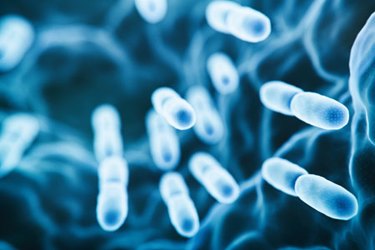How Biogrowth Can Aid In Disinfection Byproduct Removal

Reducing total organic carbon (TOC) is a known effective way to decrease the formation of disinfection byproducts (DBPs) in drinking water. Many water treatment plants (WTPs) use conventional treatment to remove a portion of the organic matter in the water, then use a media filter, such as a granular activated carbon (GAC) filter, to further reduce the organic matter through adsorption.
Overtime, natural processes will cause the growth of a biofilm on the topmost layers of the GAC media. A common misconception is that biogrowth will reduce the media’s ability to remove organic matter and result in more DBP formation in the effluent.
In truth, depending on the media and system, biogrowth can actually aid in reducing TOC and in turn DBPs. This article will explain the relationship between biological decomposition and adsorption processes to ensure that utilities are achieving cost effective TOC removal through their GAC filters, thereby reducing the formation of DBPs.
Get unlimited access to:
Enter your credentials below to log in. Not yet a member of Water Online? Subscribe today.
